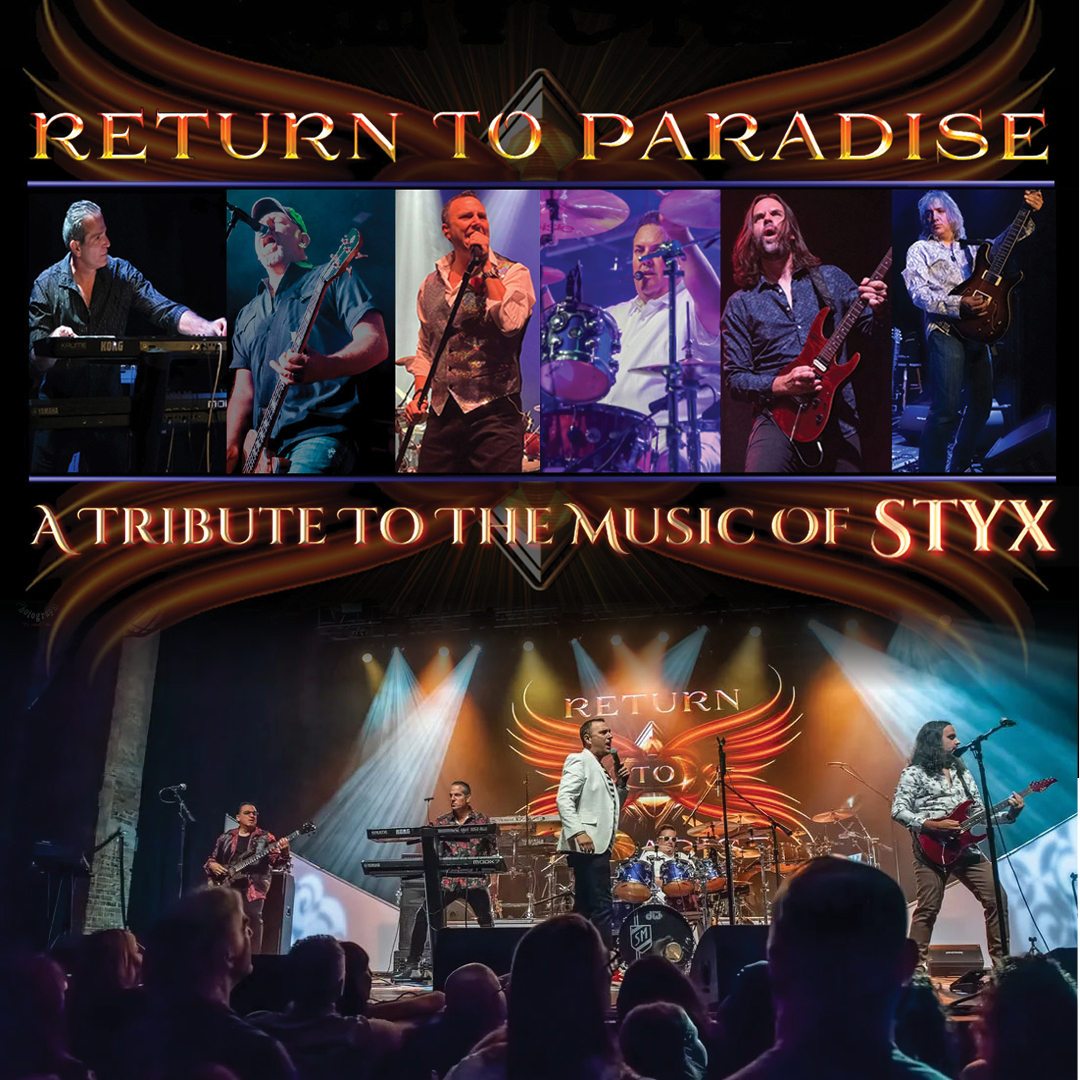
In this centennial year of Frank Sinatra’s birth, scholars and experts on his career have been showcased. I think it’s likely that if many of the experts witnessed his live performance, it may have been when he was past his vocal prime. By the way, as far as I know, the experts are all men, none of whom are pro singers having been directly influenced by Frank as he was growing as an artist.
Yes. Perhaps immodestly, I feel uniquely qualified to discuss Sinatra; his vocal technique, his recordings, and other aspects of his life. I was present in the 1940s and 50s and aware of his singing and his news-making successes, as well as, his tribulations. Frank was my unwitting vocal teacher and mentor. I couldn’t have known that the most important influence in my musical life was developing into the 20th century’s greatest entertainer and interpreter of popular songs.
At pre-school age, I turned the family console radio around and sat rapt, listening to Frank on “Your Hit Parade.” I would gaze into the large glass tubes, imagining each a stage, and the thin filaments inside were Frank. My mom had a round pot cover the size of a 78 rpm record with a round knob on top. I would spin that cover on a kitchen chair and pretend “singing on a record.” I knew I would become a singer. I wanted to be the female Sinatra.
In my teens, it wasn’t just adolescent raging hormones in charge of me. I was passionate about music, Frank’s singing, and the musical arrangements that accompanied him. I studied Frank’s style and technique so closely, that when I listened to a recording by him for the first time, I could sing along with him anticipating his phrasing and inflections, and could sense what the arrangement was suggesting that he do. About half the time, I nailed it! And interestingly, I figured out for myself, that Nelson Riddle’s arrangements were a huge part of Frank’s enduring success.
Frank was handsome, sexy, classy and all that, but, for me, the greatest appeal was his voice. I was an extreme fan, but a quiet one. When I read that his favorite “colors” were black and white, I wore only black and white for a while. As a teen, I gave a birthday party for Frank on Dec.12, and none of my friends came. I saw The Joker Is Wild nine times so I could watch him sing “All the Way.” I cried each time. Such devotion cost me. I was bullied. I was out of step with most schoolmates who were into Elvis or Ricky Nelson. “Sinatra is so skinny that if he turns sideways you can’t see him behind the mic stand,” they would say.














